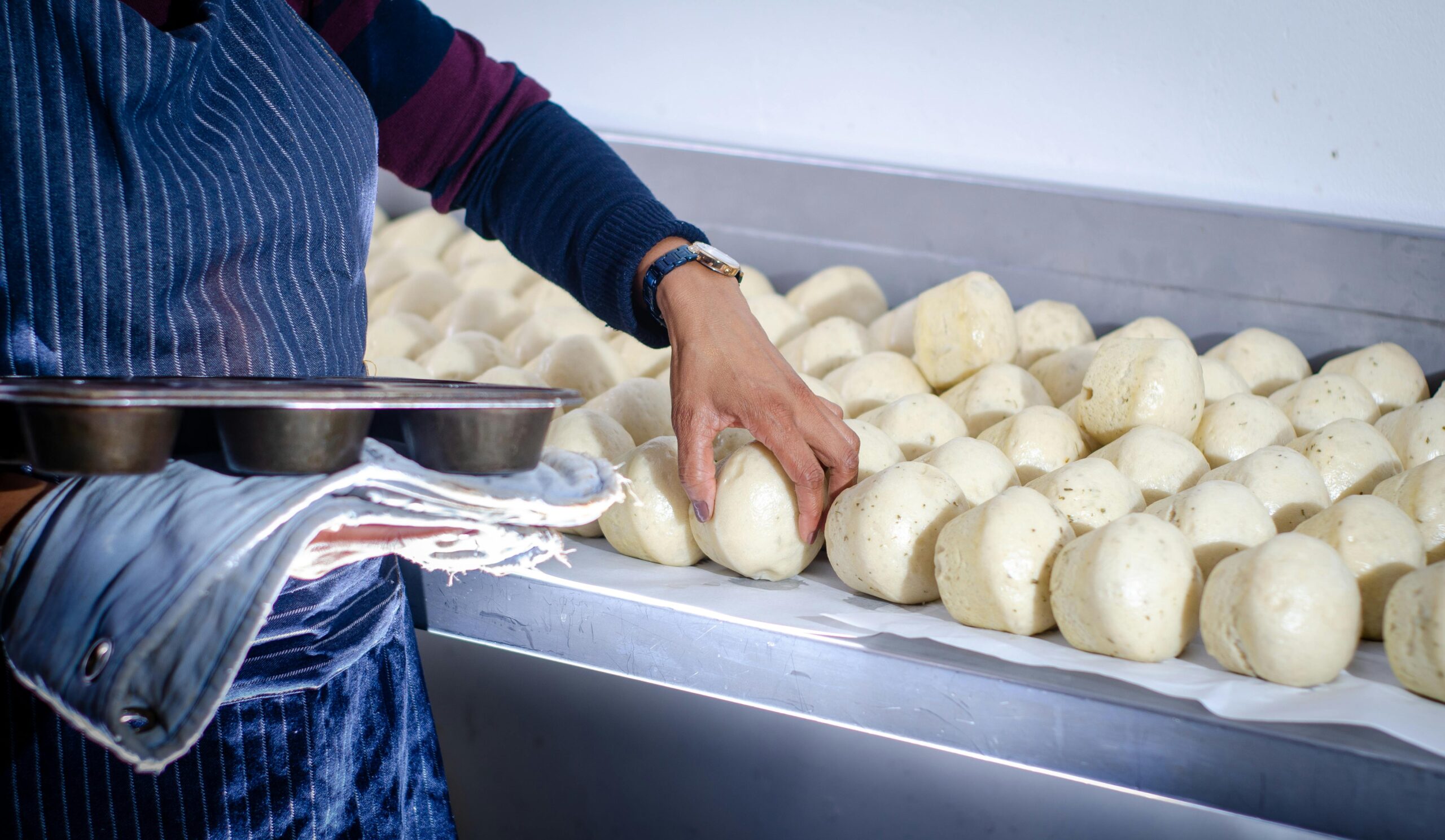In case you ever wanted to know how to make bread stuffing balls in the 1940s, then this heading is the place to begin–an easy, wholesome recipe that stood the challenge of times. In the 40s, particularly during the war, families were making do with economical but still delicious dishes and when it came to making a side dish, bread stuffing balls provided solace with something as basic as staple pantry ingredients. Imagine ripping up a dried up loaf of bread and mixing it with butter, herbs such as sage and thyme, onions sauteed and only as much stock as it sticks. You would take little balls and bake in these balls till golden brown. This method, which is now easy and convenient, yet still brings back that old world look, was also not hard breezy enough to put off modern cooks.
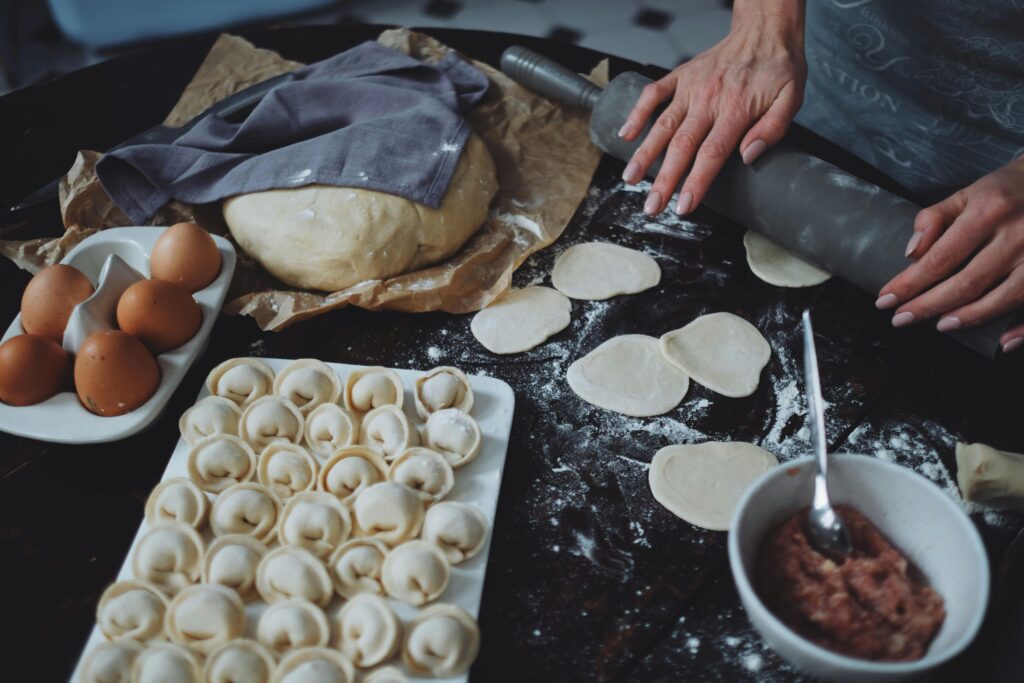
Frugal Bread Stuffing Balls with Stock and Herbs
The wartime-friendly method of how to make bread stuffing balls 1940s recipe emphasizes using everyday ration-friendly items. Begin by tearing loaves of bread into bits and putting them in a bowl. Add fresh or dried herbs such as sage, thyme and parsley to have that nostalgic taste. Puncture with a little butter, brown a small piece of finely chopped onion and mix up in your bread. Add warm vegetable or chicken stock to mix so that it binds a little but not too much. Form in balls, put into a baking dish and cook in an oven at about 200degreeC till they turn deep brown, turning them over half way through. It is a thrifty version in that limited ingredients are easily turned up into a great-tasting side dish with very little waste.
Bread Stuffing Balls from Mid-Century Cookbooks
Older mid‑20th-century cookbooks provide similar yet slightly richer takes on how to make bread stuffing balls 1940s recipe, adding eggs and milk for binding and flavor. As an example, a traditional dish is made with melted butter, diced onions and celery, parsley, poultry seasoning, salt, pepper, and dried bread crumbs. Saute the aromatics and crumble the breadcrumbs mix in eggs and milk then add it to broth. Roll into a ball about 1 1/2 inches in size, and bake at approximately 375 deg. F. until golden brown- about 20 minutes. This practice produces a creamier, more decadent finish, where the convenience of the 1940s way of doing things is at work and paired with contemporary demands of texture and flavor.
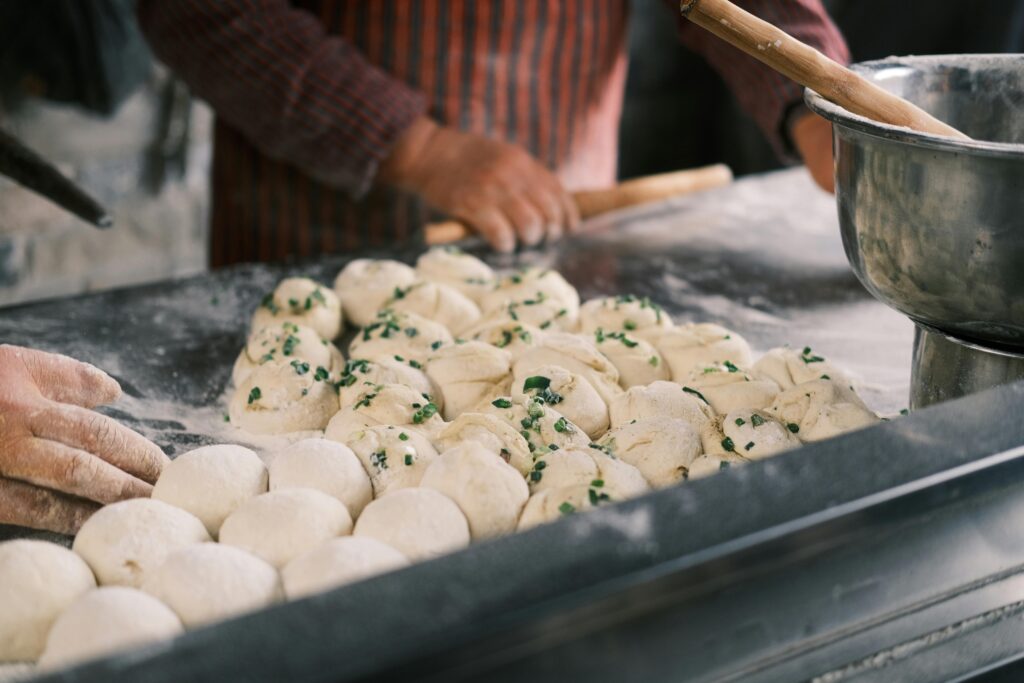
How to Make Bread Stuffing Balls 1940s Recipe—From Stale Bread to Golden Bites
Now here is an easy step-by-step walk through on how to make bread stuffing balls 1940s recipe: Start with stale bread, or yesterday bread torn in cubes. In a butter-hot pan, saute onions and celery leek to tenderness. Put bread into a large bowl and mix together with herbs, sage, thyme, perhaps parsley, season with salt and pepper. Throw in the sauteed vegetables, and add beaten eggs and broth (chicken or vegetable) over the mixture. Blend well, lightly but firm to roll. Make into golf-ball-sized balls, and bake in a preheated oven (about 190 C / 375 F ) for 20 or 25 minutes, or until browned and set. The solution strikes a good balance between vintage simplicity and accessibility as well as user-friendliness that the modern cooks would appreciate.
Why Learn How to Make Bread Stuffing Balls 1940s Recipe—It’s Easy, Nostalgic, and Versatile
So you can only wonder as to how to make bread stuffing balls 1940s recipe, this is why it is worth it: the methodology is easy, and low-cost readily available items are used without having to buy anything new-bread, butter, onion, herbs, stock- most kitchens are stocked with these ingredients. It is nostalgic and it puts us in touch with older periods of cooking where ingenuity and frugality were the watchwords. These are versatile balls: give them as a side dish on a holiday spread, use as a poultry stuffing or even as an appetizer with gravy or dip. And you can vary them–do vegetarian ones, put on cheese or sausage or nuts, or freeze them in batches inviting some later. By studying this traditional approach, one adds not only warmth to contemporary menus, but also flexibility.
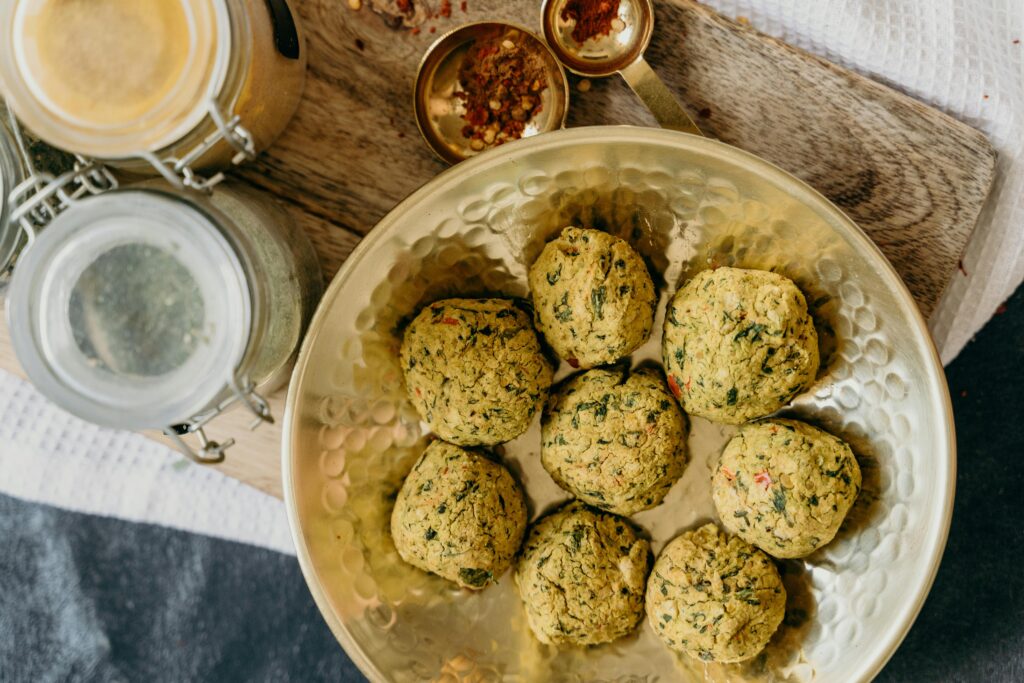
Modern Cravings—Upgrading the Classic How-to-Make Bread Stuffing Balls 1940s Recipe
Fancy making bread stuffing balls 1940s recipes updated to suit today? Take a crusty loaf or sourdough to give you extra texture, saute onions and celery in butter or olive oil to give you aroma and fresh herbs such as sage, thyme and rosemary. Blend together beaten egg and broth to bind and form into balls and bake until the outside is crispy and the inside soft. Depending on what you may feel like, optional additions can be crumbled sausage or bacon to provide a savory punch, mushrooms to bring some earthiness, or cheese to bring a gooey richness. These alterations maintain the essence and at the same time make the dish more flexible, tasting and friendlier to the contemporary taste.
Difference Table
| Feature | 1940s-Style Bread Stuffing Balls | Modern Stuffing Balls |
| Core Ingredients | Simple pantry staples: stale bread, bulky butter (1–2 oz), herbs (sage, thyme, parsley), sautéed onion, and stock—nothing fancy. | The broader base includes stuffing mixes or diverse breads (whole wheat, cornbread), eggs for binding, and both savory and sweet add‑ins like nuts, fruits, cheese, or sausage. |
| Flavor Profile | Frugal and functional—lightly seasoned to enhance rather than overpower. | Bold and customizable—salty, spicy, sweet, cheesy, or herb-forward depending on preference. |
| Preparation Method | Tear bread by hand, mix with minimal liquid just to bind, form—and bake at ~200 °C for 30–40 minutes. | Use pre-blended dry mix or cubed breads, combine with broth, butter (or oil), eggs, optional extras; shape and bake 20–25 minutes at ~350 °F / 180 °C. |
| Purpose & Context | Wartime thrift: a way to make a filling side using scarce ingredients. | Modern convenience and party appeal—bite-sized, customizable, and ideal for gatherings or dietary adaptations. |
| Texture & Binding | Moist but simple; stock helps bind the bread without the need for eggs. | Creamier, firmer structure thanks to eggs or milk; easier to hold and serve. Optional vegan swaps like flax eggs and plant-based fats available. |
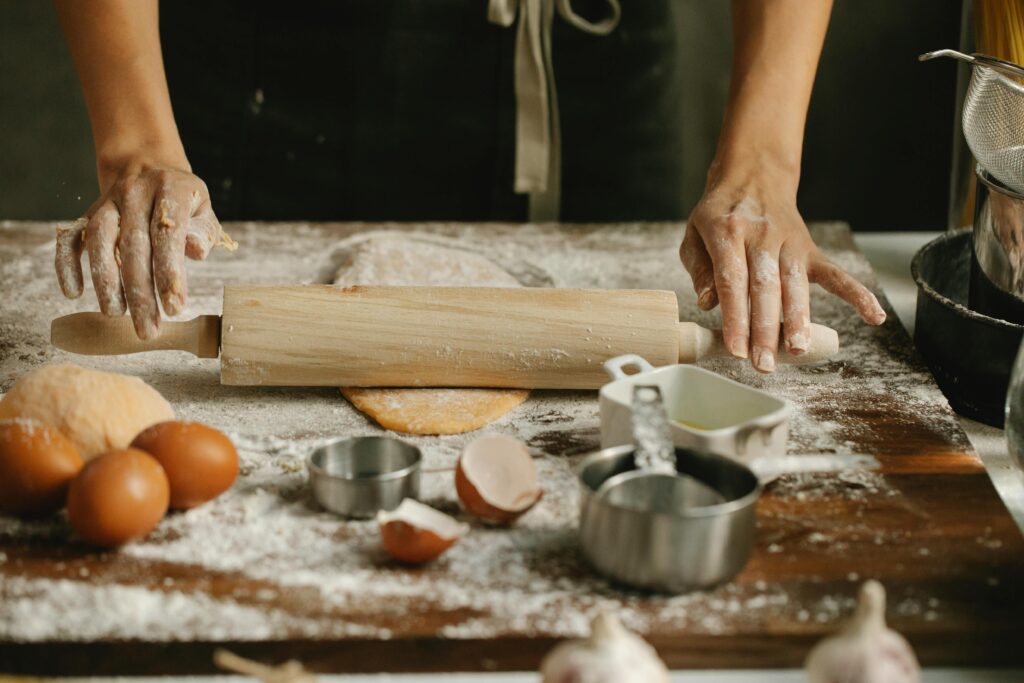
Key Pointers on How to Make Bread Stuffing Balls 1940s Recipe Right
The following tips should help you to master the art of cooking bread stuffing balls 1940s recipe: Make sure the bread you use is stale or is a day old; it will absorb liquid without becoming wet and mushy. Put in a very little more broth or stock: neither too dry to bind it, nor too wet. Sage, thyme and parsley are herbs that give it that vintage flavor- to taste. There are binders used, e.g. egg or milk; leave out or replace in vegan varieties. Make tight shaped balls, otherwise they will come apart. Bake until golden and crisp-skinned–to about 20 minutes to an hour; smaller pieces will take less time. And seasoning–do not neglect it–adjust salt, pepper and herbs to that homely richness. These minor instructions make an ordinary technique of the 1940s into deniably delectable outcomes.
FAQs
1. Can I prepare the bread stuffing balls ahead of time?
Yes, you can! Combine all and form the balls up to a day before. Then, all you need to do is keep them in the fridge and bake when you want. It is a convenient method of time saving as we prepare parties.
2. What’s the best kind of bread to use for these stuffing balls?
Use stale/day-old bread- it takes in the correct level of moisture without turning mushy. Sourdough or cornbread loaves are particularly crusty.
3. How do I keep the balls from falling apart?
Add only the amount of liquid so that the mix is sticky and not wet and press the balls hard when doing the shaping. Including eggs as a binder also helps them hold together nicely
4. Can I freeze the stuffing balls?
Absolutely! You may freeze them either pre- or post-bake. Put into the tray and freeze with the Flash-free and place into a container or freezer bag. Pop out of the freezer-bake a bit longer.
5. How long and at what temperature should I bake stuffing balls?
Preheat the oven to about 350–375 °F (180–190 °C). Bake for about 20- 25 minutes or until they are golden brown and crispy on the outside.
